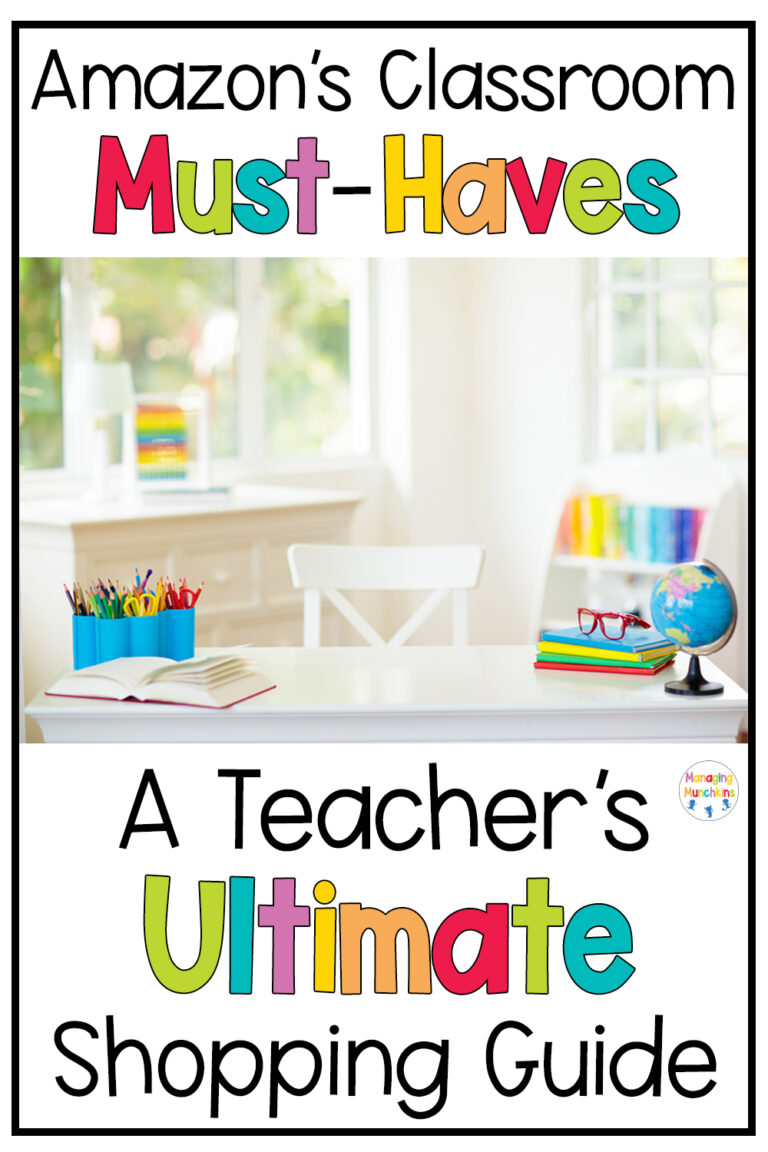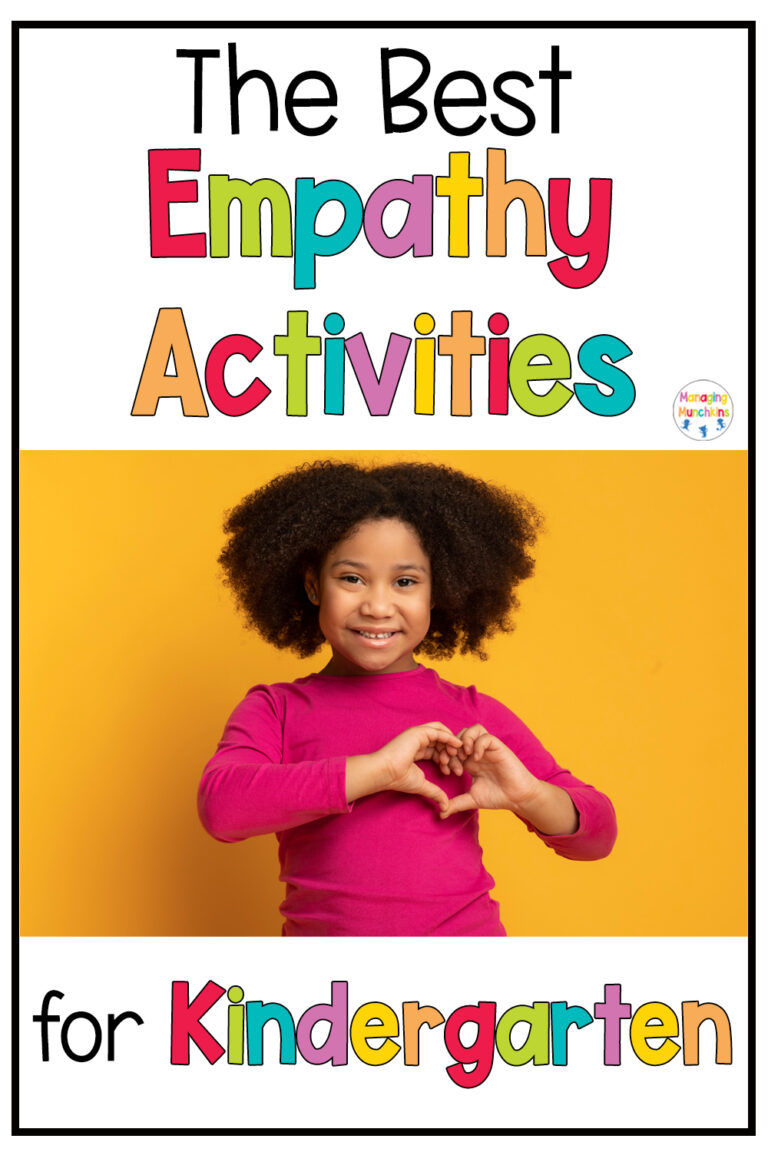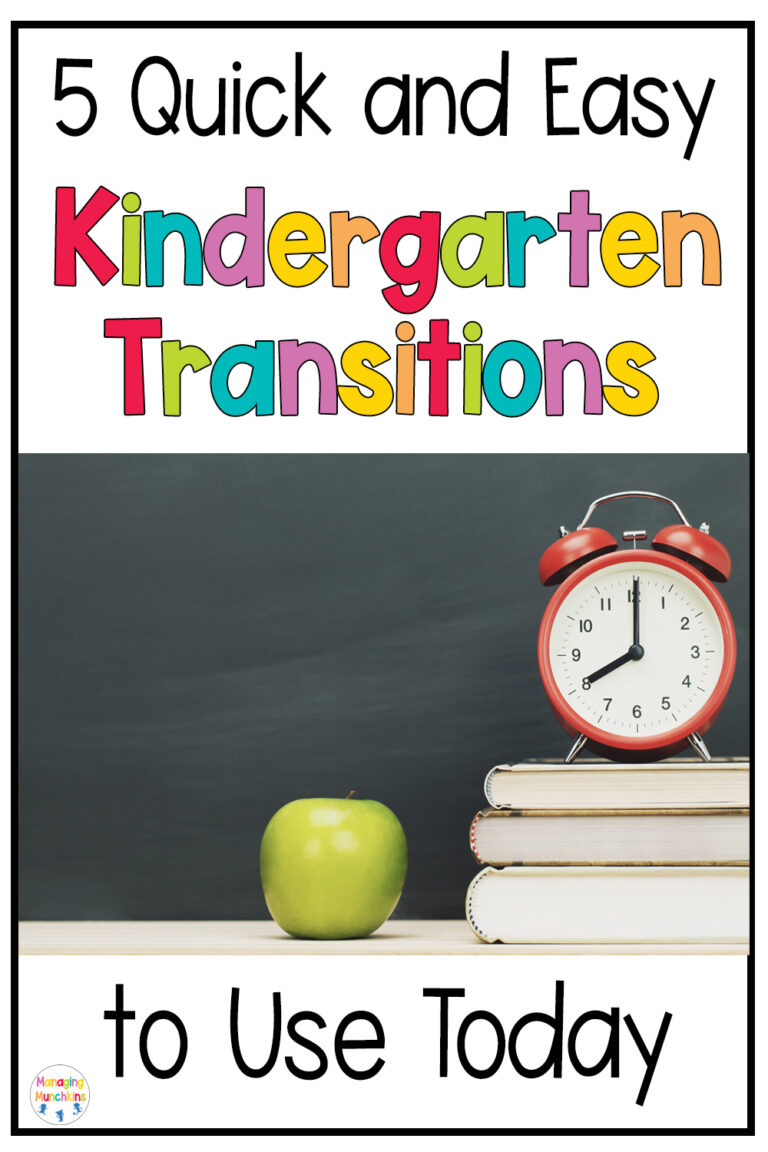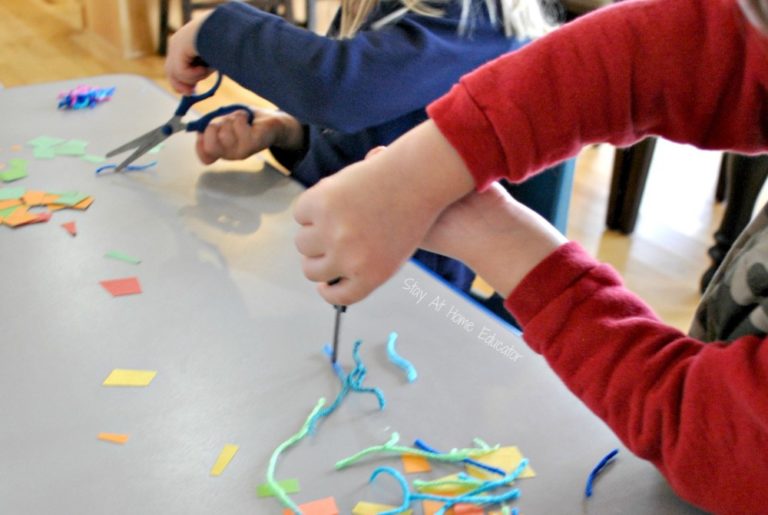Positive Reinforcement 101: All the Basics You Need to Know
Hey there, teacher friend! I want to share one of my FAVORITE topics today- positive reinforcement. This behavior management strategy can be a game-changer when it comes to classroom management and improving student behavior. It can turn around a student or a class that’s struggling behaviorally all while creating a positive learning environment.
There are also a lot of misconceptions around this topic, and I want to clear those up today as well!
So let’s jump into it! “Positive Reinforcement 101” – aka -your ticket to creating a classroom that’s bursting with positivity, growth, and those heartwarming “I did it!” moments.
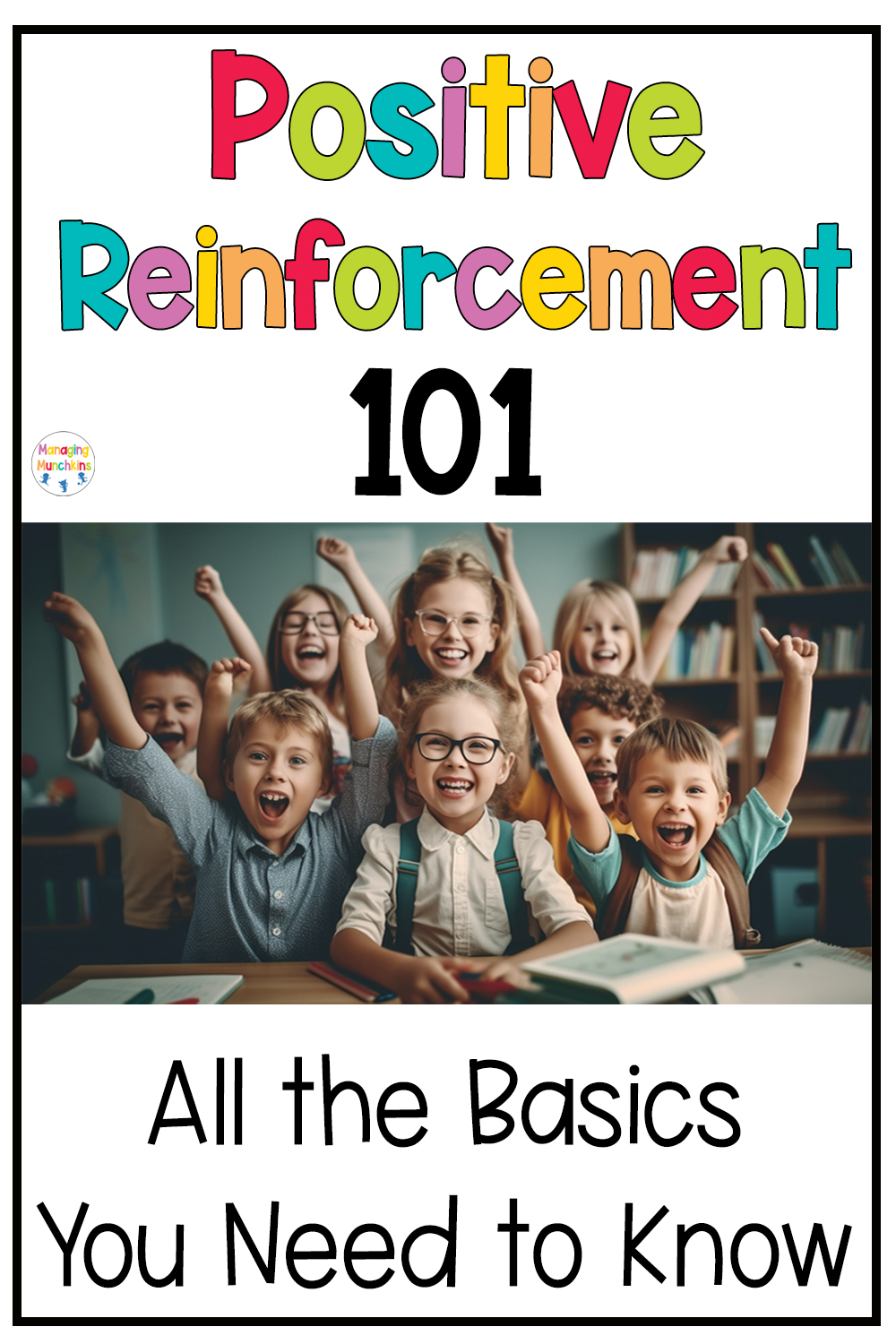
What’s the Buzz About Positive Reinforcement?
Imagine this: you’re cheering for your kiddos, celebrating their wins, and they’re shining like little stars, eager to tackle tasks with enthusiasm. That’s positive reinforcement in action! It’s all about using cheers, incentives, and other means of encouragement to nudge good behavior and make it stick.
It’s simply rewarding positive behavior in order to encourage it to happen again in the future.
So instead of giving a consequence for a negative behavior (like losing recess time for talking out of turn) you instead reward the student when they show the desired behavior (like a high-five for raising their hand).
The reason for the hype around positive reinforcement is this- it works! Research has shown that children, and people in general, respond and perform better to incentives versus consequences.
Why It Works Like Magic:
Ever notice how a simple thumbs-up or a “way to go!” can make someone’s day? Positive reinforcement taps into our natural craving for recognition and incentives. When kids see that their efforts lead to something special, guess what? They’ll want to do it again and again!
Misconceptions around Positive Reinforcement:
Many people question this behavior strategy and they feel that it is “bribing” kids and that it’s not a true form of behavior management.
However, positive reinforcement is NOT bribery. Bribery is when you give the student the reward FIRST, and then the student promises to behave.
Another example of bribery would be if the student is misbehaving and you tell them that if they stop misbehaving, you will give them the reward/incentive.
Positive reinforcement is planned ahead, bribery is a negotiation during the occurrence of challenging behavior. Again, positive reinforcement is NOT bribery.
The ABCs of Positive Reinforcement:
Now that we’ve covered exactly what positive reinforcement is and what it isn’t, let’s go over some guidelines for how to best implement it. I call these guidelines the “ABC’s” of positive reinforcement.
- Always Clear: Keep it crystal clear. Explain exactly what behavior you’re cheering for, so students know exactly what you’re asking.
- Be Swift: Time is of the essence! Deliver that “You rock!” right after the awesome behavior. It helps to make the lessons stick.
- Consistency Counts: Keep those cheers and rewards coming. Consistency is the name of the game – it builds trust and keeps kiddos excited.
- Dive into Diversity: Not every student is jazzed about the same reward. Mix it up with stickers, high-fives, or even a special job for the day.
Begin to implement these ABC’s and you’ll begin to see some serious changes in student behavior!
Let’s Get Practical: Fun Strategies Ahead!
I’m all about concrete ideas and examples. Below are just a few ideas for how you can begin to use positive reinforcement in your classroom:
- High-Five Fiesta: The classic high-five – simple, yet effective. Celebrate victories with a good ol’ high-five and watch those smiles light up the room.
- Sticker Showdown: Sticker charts or any other sort of visual token system is a great way to get kiddos motivated. Students love watching their progress grow and nabbing a prize when they hit those milestones.
- Marvelous Mystery Rewards: Surprise rewards are a really fun way to keep students intrigued and interested. Spontaneous treats or extra playtime – these unexpected gems keep the excitement alive.
- Shout-Out Central: Public praise is a HUGE encouragement for kiddos. Share little triumphs with the class, boosting confidence and setting the stage for more wins.
- Partner Power: Encourage kids to praise each other’s achievements. It helps to create a positive learning environment and creates a supportive class community.
The Glorious Ripple Effect:
Positive reinforcement isn’t just about behavior; it’s about building up self-esteem, growth mindsets, and a classroom that buzzes with positivity. By giving kids a high five, shout-out, or a sticker on the chart, you’re setting your students up for future success.
In a Nutshell:
Positive reinforcement is like adding a dash of sunshine to your classroom. It’s simple, effective, and rewarding. By embracing this approach, you’re creating a haven of encouragement, motivation, and those heartwarming “I did it!” shouts that make teaching amazing. So go on, let the positive vibes flow, and watch as your classroom turns into a garden of growth and happiness! 🌟
Looking for more ways to improve behavior and support students?
Check out my post “How to Use Positive Reinforcement in the Classroom” for more tips, tricks, and ideas!

